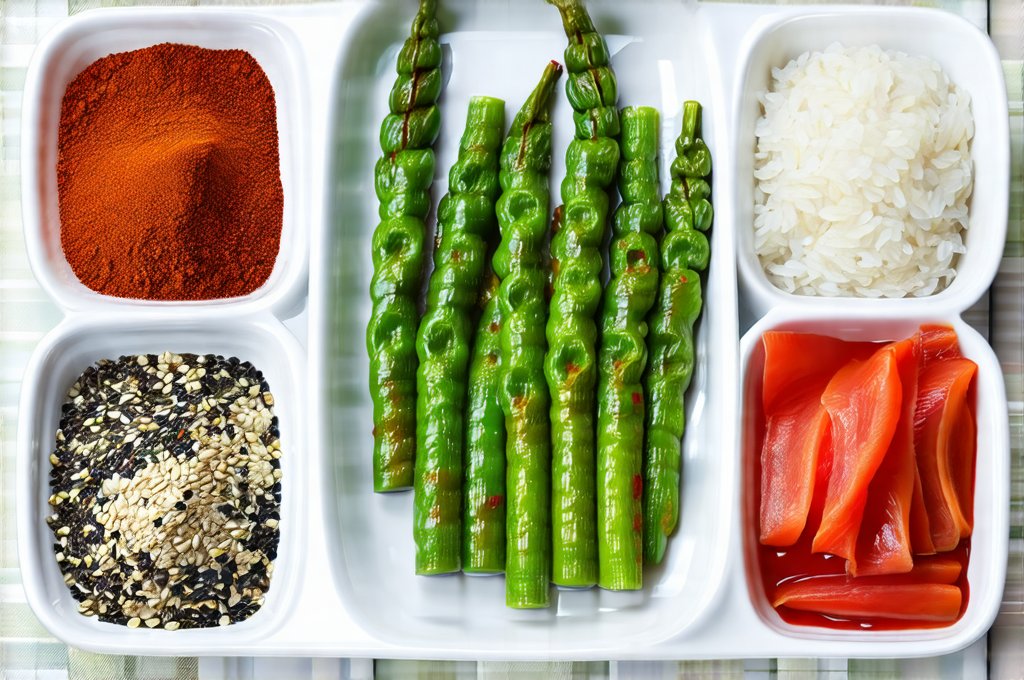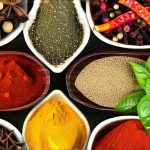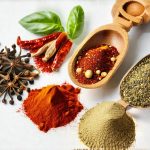Gastroesophageal reflux disease (GERD) impacts millions, often manifesting as persistent heartburn, regurgitation, and discomfort after meals. Managing GERD effectively frequently involves lifestyle modifications, including dietary adjustments. Many individuals find that specific foods exacerbate their symptoms, making careful meal planning crucial for relief. This isn’t about deprivation; it’s about understanding how food interacts with your digestive system and choosing options that minimize irritation. A well-structured GERD meal plan can significantly reduce the frequency and severity of flare-ups, improving overall quality of life.
The challenge lies in identifying trigger foods. Common culprits include fatty or fried foods, chocolate, caffeine, carbonated beverages, citrus fruits, tomatoes, and spicy foods. However, individual sensitivities vary greatly. For some, onions and garlic are major offenders, while others may tolerate them without issue. A key component of a GERD-friendly diet is often the elimination of spices – even mild ones can increase stomach acid production or irritate the esophageal lining. This article will provide a comprehensive meal plan designed specifically for individuals needing to avoid spices and onions, offering practical guidance and delicious alternatives to help you navigate dietary changes with confidence. You may also find helpful information in gerd and persistent phlegm articles.
Building a GERD-Friendly Meal Plan: Foundations & Considerations
A successful GERD meal plan focuses on minimizing acid production and irritation. This means prioritizing foods that are naturally low in acidity, easily digestible, and don’t contribute to increased stomach pressure. Small, frequent meals are generally better tolerated than large ones, as they reduce the risk of overfilling the stomach and triggering reflux. Hydration is also vital; water helps dilute stomach acid and aids digestion. However, avoid drinking large amounts of liquid during meals, which can increase stomach volume and exacerbate symptoms. Instead, sip water between bites or after finishing your meal.
The absence of spices and onions requires a creative approach to flavoring food. Many people rely on these ingredients for depth of flavor, so finding suitable replacements is crucial. Herbs like parsley, cilantro (if tolerated), and basil can add subtle freshness without irritating the digestive system. Lean proteins, whole grains, and non-citrus fruits and vegetables form the cornerstone of this diet. It’s also essential to pay attention to how you feel after eating specific foods – keeping a food diary can help identify personal triggers beyond the common ones. If you struggle with nausea during these dietary changes, consider anti-nausea diet strategies.
Finally, consider cooking methods. Baking, grilling, steaming, or poaching are preferable to frying, as they require less fat and reduce potential irritation. Avoid high-fat foods, even if cooked in healthier ways; excess fat slows down digestion and increases acid production. Remember that this is a personalized process – what works for one person may not work for another. Planning your meals ahead of time can be incredibly helpful – explore resources like how to create a weekly meal prep plan.
Sample Meal Plan & Food Choices
This sample plan offers a starting point, but feel free to adjust it based on your individual tolerance levels and preferences. It aims to provide balanced nutrition while strictly avoiding spices and onions.
- Breakfast: Oatmeal with almond milk and sliced banana; whole-wheat toast with avocado (avoid adding pepper or garlic powder); scrambled eggs cooked in olive oil (no seasoning beyond salt).
- Lunch: Grilled chicken salad with lettuce, cucumber, and a light vinaigrette made with olive oil and lemon juice (avoiding any spices); baked potato topped with plain yogurt and chives; tuna sandwich on whole-wheat bread with lettuce and mayonnaise.
- Dinner: Baked salmon with steamed broccoli and mashed sweet potatoes; lean ground turkey meatballs served with brown rice and green beans; roasted chicken breast with quinoa and carrots.
- Snacks: Plain yogurt, banana, pear slices, almond butter with apple slices, a small handful of almonds.
Focus on whole, unprocessed foods whenever possible. Read food labels carefully to avoid hidden spices or onion powder in processed products. Be mindful of portion sizes and eat slowly to aid digestion. Remember that consistency is key – sticking to your GERD-friendly meal plan most of the time will yield the best results. For a more structured approach, you could follow a 7-day gerd diet meal plan.
Navigating Common Challenges
One of the biggest challenges with a GERD diet, especially one excluding spices and onions, is maintaining flavor and enjoyment. Many recipes rely heavily on these ingredients for their taste. However, there are creative ways to enhance flavors without triggering symptoms. Lemon juice can add brightness to dishes, while fresh herbs (parsley, basil, cilantro – if tolerated) provide subtle aromatic notes. Consider using small amounts of vinegars like apple cider vinegar or white wine vinegar to create interesting flavor profiles, but always test your tolerance first.
Another common issue is dining out. Restaurants often use onions and spices liberally in their cooking. When eating out, be sure to inquire about ingredients and preparation methods. Request modifications to dishes if necessary – ask for food without seasoning or with substitutions. It’s better to be proactive and communicate your dietary needs clearly than to risk a flare-up.
Identifying & Avoiding Trigger Foods Beyond Onions & Spices
While this plan focuses on eliminating onions and spices, it’s important to recognize that other foods can also trigger GERD symptoms. Fatty foods are notorious for exacerbating reflux, as they slow down digestion and increase acid production. Avoid fried foods, high-fat meats, and creamy sauces.
- Chocolate: Contains compounds that relax the lower esophageal sphincter, increasing the risk of reflux.
- Caffeine: Can stimulate acid production and irritate the esophagus.
- Carbonated beverages: Increase stomach pressure and can force acid into the esophagus.
- Citrus fruits & juices: Highly acidic and can cause irritation.
- Tomatoes & tomato-based products: Also acidic and may trigger symptoms in some individuals.
- Alcohol: Relaxes the lower esophageal sphincter.
Keeping a detailed food diary is invaluable for identifying your personal triggers. Record what you eat, when you eat it, and any associated symptoms. This will help you refine your meal plan and make informed dietary choices. If you experience soft stools after days with no meal planning, be sure to address that as well.
Long-Term Management & Lifestyle Factors
A GERD-friendly diet is just one piece of the puzzle. Several other lifestyle factors can significantly impact your symptoms. Maintaining a healthy weight reduces pressure on the stomach. Elevating the head of your bed by 6-8 inches helps prevent nighttime reflux. Avoid eating within 2-3 hours of bedtime. Quit smoking, as it weakens the lower esophageal sphincter. Manage stress levels, as stress can exacerbate GERD symptoms.
It’s also important to work closely with your healthcare provider to determine the underlying cause of your GERD and explore appropriate treatment options. Medications like antacids, H2 blockers, or proton pump inhibitors may be necessary in some cases. However, lifestyle modifications and dietary changes are often the first line of defense and can significantly reduce reliance on medication. Remember that managing GERD is a long-term commitment – consistency and self-awareness are key to achieving lasting relief. For those with busy lifestyles, building a gut-friendly meal plan can be especially beneficial.


















